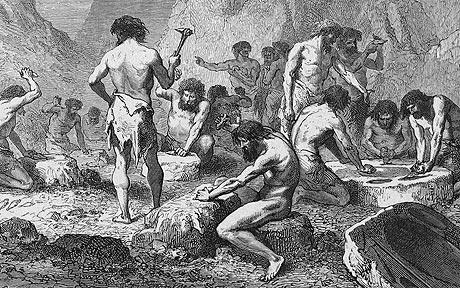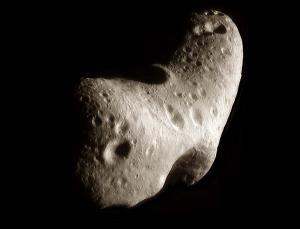
© M. Livio (STSCI)/ESA/NASAThe LMC now has a stealthy rival
A large satellite galaxy may be lurking, hidden from view, next door to our own.
Sukanya Chakrabarti and Leo Blitz of the University of California, Berkeley, suspected that the gravity of a nearby galaxy was causing perturbations that have been observed in gas on the fringes of the Milky Way. "We did a large range of simulations where we varied the mass of the perturber and the distance of closest approach," says Chakrabarti. In the best-fitting simulation, the unseen galaxy has about 1 per cent of the Milky Way's mass, or 10 billion times the mass of the sun.
That's a lot. It means the object has roughly the same mass as the Milky Way's brightest satellite galaxy, the Large Magellanic Cloud (LMC).
Right now, says Chakrabarti, the galaxy is roughly 300,000 light years away from us - about twice as far away as the LMC. But the simulations suggest it follows a highly elongated elliptical path, and about 300 million years ago it swept through our own galaxy just 16,000 light years from the galactic centre - closer in than Earth - disturbing the Milky Way's outskirts as it went.




Comment: See also: Confession: NASA can't keep up with killer asteroids